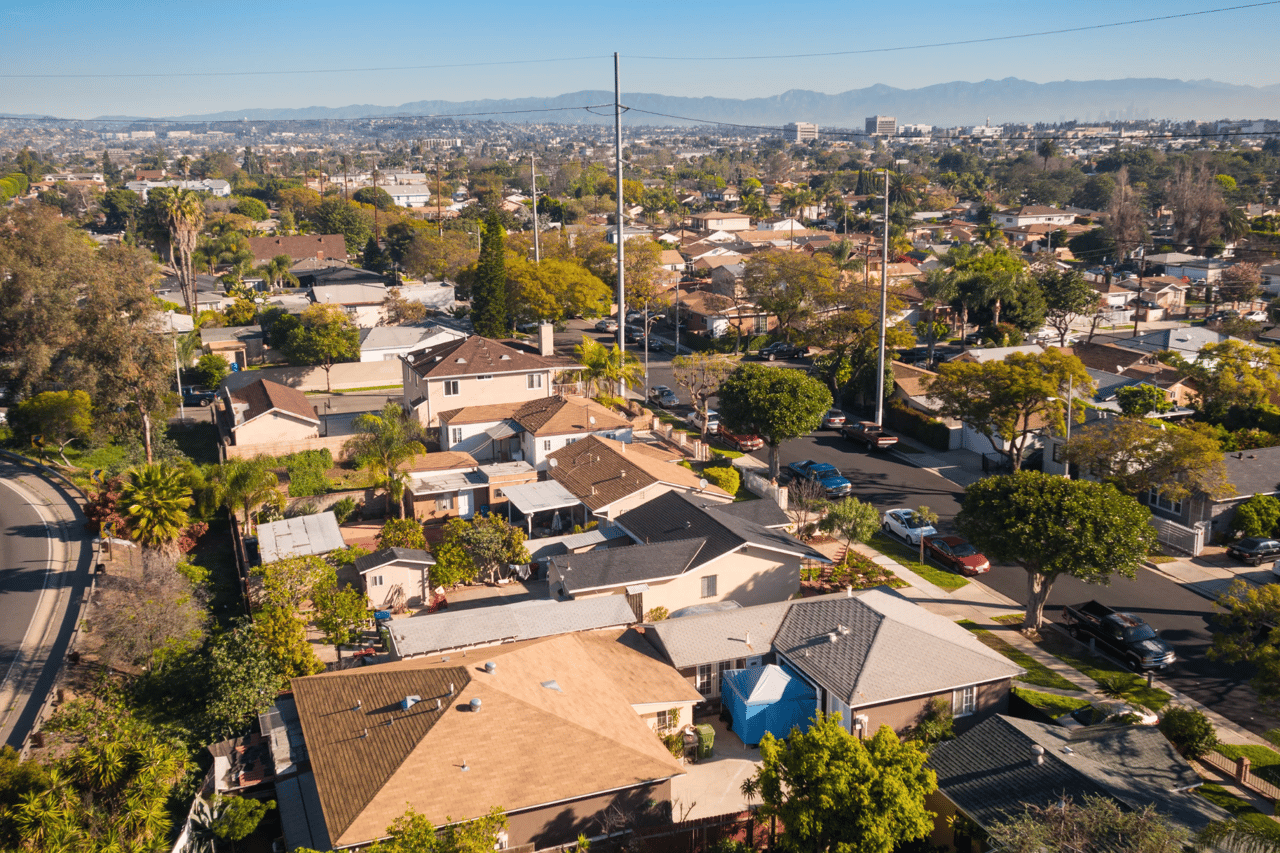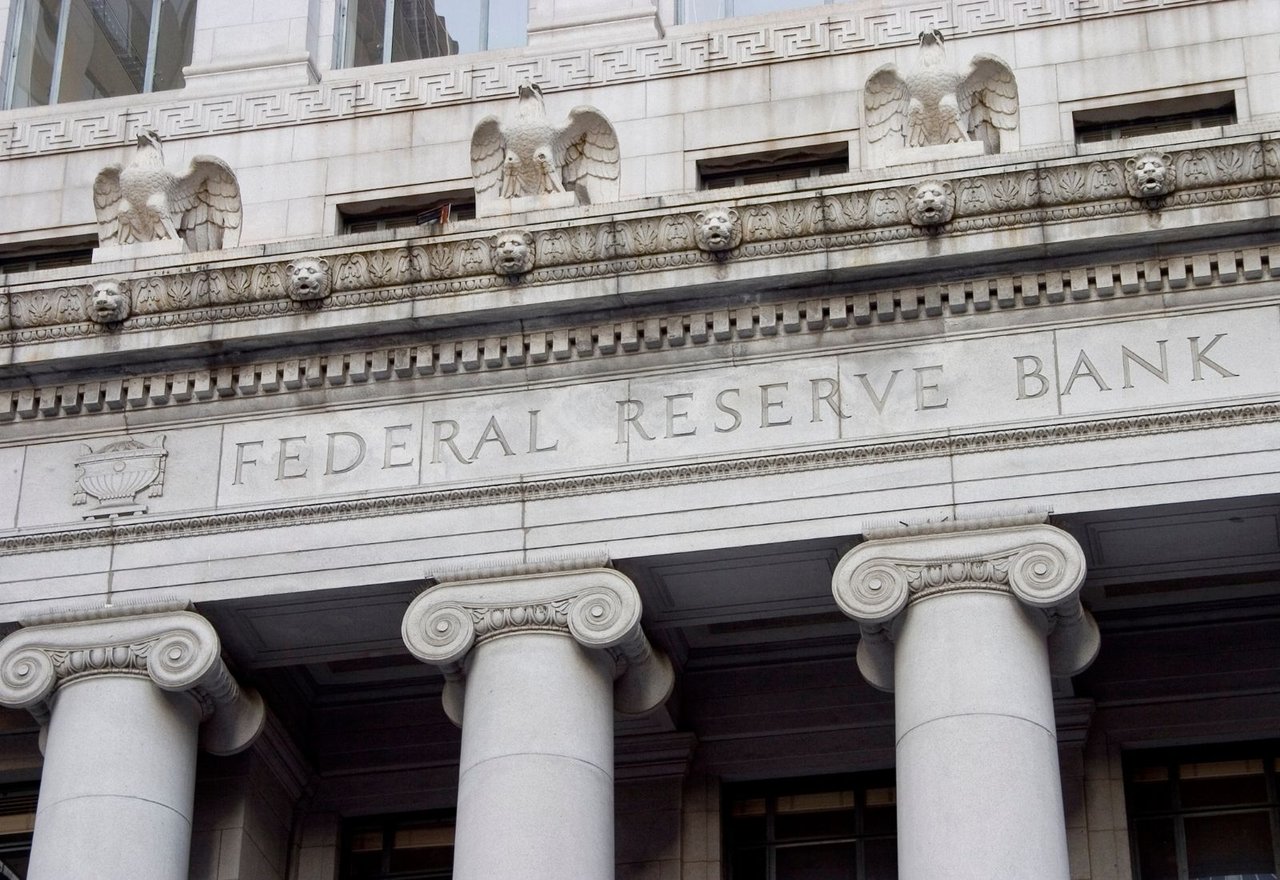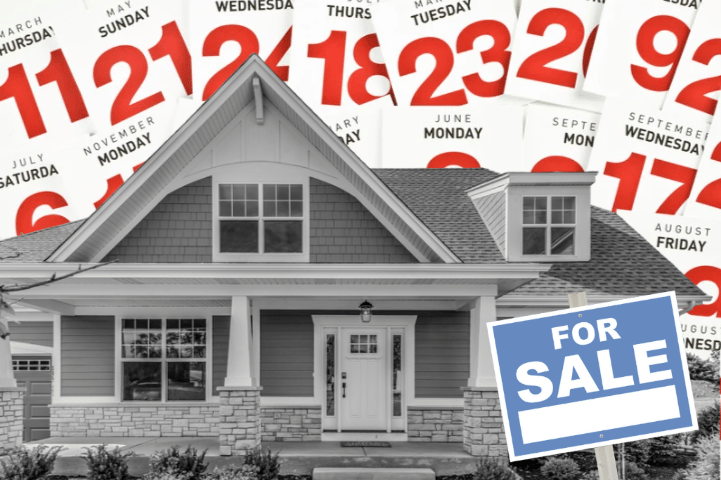Market Update Los Angeles


Note: You can find the charts & graphs for the Big Story at the end of the following section.
*National Association of REALTORS® data is released two months behind, so we estimate the most recent month’s data when possible and appropriate.
Let’s talk about rates. The benchmark 10-year Treasury rate rose by as much as 18 basis points the day after the election, pushing the overall rate on the bond to 4.47%. The price of bonds and their yield move inversely, with prices falling as rates rise. For example, if you have a $100 bond paying 10% and then rates rise to 20%, the original $100 at 10% becomes less valuable because now investors could get a $100 bond that pays 20%. A rising yield on Treasury bonds raises the cost of the U.S. federal government when it borrows new money or rolls over existing debts. In short, the cost of borrowing increases and, therefore, more money is needed to pay interest rather than paying for tangible government programs. The 30-year mortgage rate trends with the 10-year Treasury rate, usually about 2% higher. As of November 7, 2024, the average 30-year mortgage rate was 6.79%, a significant increase from 6.08% at the end of September. In just over a month’s time, the monthly payment on a $500,000 loan increased 7.7%.
But the question you may be asking is, why did rates go up even in the wake of the Fed cutting the federal funds rate? Real interest rate returns account for inflation, so the $100 bond at the nominal rate of 10% can be rewritten as 10% minus inflation (currently 2.4%) to get the real return of the investment. If inflation is expected to rise, the nominal rate can increase, so real return is unaffected or, at least, less affected,, in which case real return would decrease. Trump’s economic plans are inflationary and, therefore, increase rates. The U.S. economy is operating at close to capacity, and unemployment is low. Tax cuts will increase demand, but higher tariffs will push up prices. The U.S. is a net importer, so blanket tariffs will drive up the prices of an incredible number of day-to-day goods. Higher inflation will result, meaning the Federal Reserve will be more cautious about cutting interest rates.
Currently, mortgage rates rise higher when the housing market already tends to slow. Typically, the holiday season experiences fewer sales then picks up again in January. A month ago, rates were dropping, and we were extremely bullish on the spring market. However, if rates rise above 7% or higher, the market will be slower than usual. Since the market has already been slower than usual, a further slowdown coupled with higher inflation would likely slow price growth next year.
Different regions and individual houses vary from the broad national trends, so we’ve included a Local Lowdown below to provide you with in-depth coverage for your area. As always, we will continue to monitor the housing and economic markets to best guide you in buying or selling your home.
Note: You can find the charts/graphs for the Local Lowdown at the end of this section.
In Southern California, single-family home prices hit record highs in June 2024 in Orange and San Diego counties, while Riverside County hit its all-time high in July 2024. In September 2024, Los Angeles County prices reached the highest level on record. In October, prices declined, which is normal in the fourth quarter. High demand relative to the low, but growing, inventory has kept prices moving higher even during a time of elevated mortgage rates. High mortgage rates have really only slowed the market, rather than decreasing the sticker price of homes. Prices in Southern California generally haven’t experienced larger drops due to higher mortgage rates. October saw the 14th consecutive month of year-over-year price growth for single-family homes with the exception of Riverside, which declined year over year. Prices typically peak in the summer months, highlighting the huge demand for Los Angeles homes. However, we do expect some minor price contraction for the rest of the year.
High mortgage rates soften both supply and demand, but home buyers and sellers seemed to tolerate rates near 6% much more than around 7%. Mortgage rates fell significantly from May through September, but rose significantly in October. Now, rates are far closer to 7% than 6%, so we expect sales to slow further.
Total inventory in Southern California fell 74% from July 2019 to January 2022 before building again as mortgage rates rose, pricing potential buyers out of the market. Low inventory and new listings, coupled with high mortgage rates, have led to a substantial drop in sales and a generally slower housing market. Typically, inventory begins to increase in January or February, peaking in July or August before declining once again from the summer months to the winter. In 2023, inventory patterns didn’t resemble the typical seasonal inventory peaks and valleys.
It’s looking like 2024 inventory, sales, and new listings will resemble historically seasonal patterns, but at a depressed level in Southern California counties with the exception of Los Angeles, which has grown to near pre-pandemic levels. However, inventory has increased 65% from January 2024 to October 2024, putting the markets in a far better position as we near 2025. Inventory is still increasing into the fourth quarter, which is atypical. The volatility around rates, along with seasonality, has caused buyers to hold off on entering the market in the fall.
Months of Supply Inventory (MSI) quantifies the supply/demand relationship by measuring how many months it would take for all current homes listed on the market to sell at the current rate of sales. The long-term average MSI is around three months in California, which indicates a balanced market. An MSI lower than three indicates that there are more buyers than sellers on the market (meaning it’s a sellers’ market), while a higher MSI indicates there are more sellers than buyers (meaning it’s a buyers’ market). MSI drifted higher in the second and third quarters of 2024, a trend that continued in October. Currently, MSI indicates that Orange and San Diego slightly favor buyers, Riverside strongly favors buyers, and Los Angeles is more balanced.
Stay up to date on the latest real estate trends.

January 2026

Trusted Experts in the Palisades, Santa Monica, and Brentwood Real Estate Markets

How Sellers In Pacific Palisades, Santa Monica And Brentwood Get It Right

December 2025

November 2025

October 2025

September 2025

August 2025

Market and Rebuild Update by Anthony Marguleas
You’ve got questions and we can’t wait to answer them.